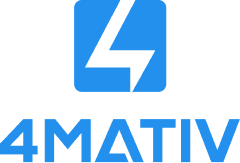Student Mobility 101
When a child hops on a bus to get to school, they and their parents likely do not appreciate the vast infrastructure that makes that experience possible. If they ride a traditional yellow bus, they might not realize the majority of students don’t get to school that way. And even if they are aware of alternative modes of transportation, it’s unlikely they grasp the numerous systems in place that design, plan, and operate all those buses, vans, and other vehicles to ensure that every child has a ride.
It’s also unlikely they see the regulations in place to ensure those rides are safe or their community’s policy and funding efforts to provide consistent, reliable service year to year. Finally, they might not also know that the fastest growing mode of transport to and from school daily is parents or guardians driving their own students in private cars – a sign that existing systems (as complex and well intentioned as they are) are not meeting the mark.
Navigating this landscape is about more than just solving a series of transportation problems. It’s really about facilitating student mobility. And if we are to successfully reimagine student mobility, we must understand all the forces that currently constitute this multifaceted landscape.

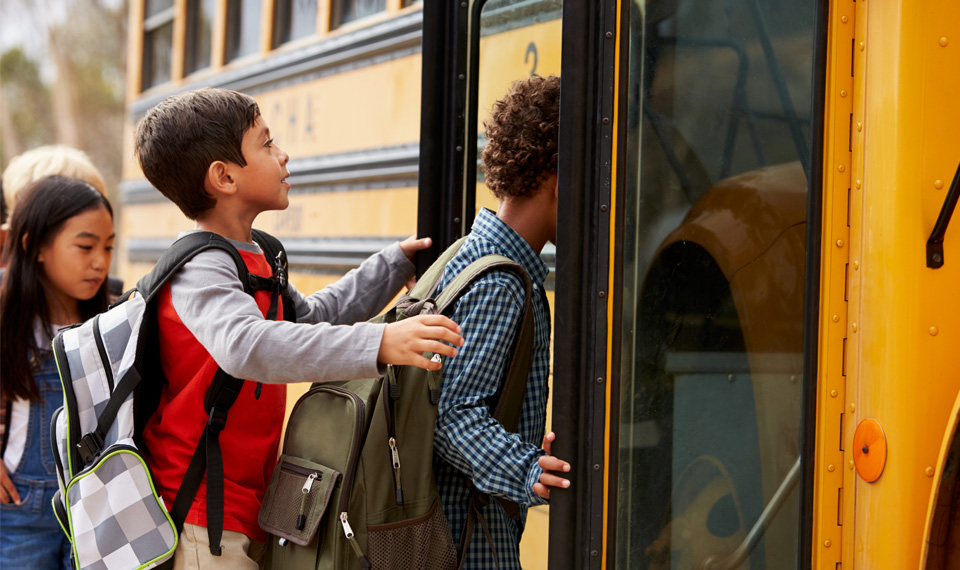
Much More Than Yellow Buses
Getting children to their learning opportunities has always required multiple modes of transportation. As communities expand, school choice and learning options increase, and technology advances (and with it parent expectations!), those modes are evolving and becoming more and more diverse.
-
Yellow School Buses
The traditional bus carries just over ⅓ of students from home to school. -
Private Cars
Cars driven by parents are the most common mode of transportation — and growing steadily. -
Walking and Biking
These modes are on the wane but still make up 10% of all student trips. -
Public Transport
Many large cities rely on city buses to transport a portion of their students. -
Smaller Vehicles
Sedans, mini-vans, and 10-15 passenger vans serve low-density areas and students with special needs.
New Emerging Modalities
Advances in technology, improved logistics, shifting market imperatives, and creative innovation in scheduling and operational models have made it possible for many existing modes to become more flexible, more efficient, and safer. Those developments have also enabled the emergence of new transportation modalities, including:
- Parent Carpools
Using apps to intelligently assign and match riders/parents, coordinate carpools, allow for live vehicle tracking, and integrate waivers
- Demand-responsive Services
Offering rideshare and other small vehicle options that adjust more readily to student demand and can meet students where they are - “Transit-style” System Designs
Community or “hub” stops that serve broader areas with vehicles that run on a frequency can give schools and students flexibility to ride when they want - Route Sharing
Transporting students across multiple schools or districts on the same bus route - Asset Sharing
Pooling resources so that multiple schools share a vehicle and driver, typically with one school renting vehicles or vehicle time from another school - Direct-to-parent Payments
Many states now allow schools to compensate parents directly for the expenses of transporting students to their programs by whatever means works for them
Who Manages All Those Vehicles?
All those modes of transportation don’t schedule or manage themselves. Someone has to organize each vehicle, driver, and route. There are a number of entities that do this, each with their own political and economic incentives and structural limitations.
While school districts make up ⅔ of the operating market, the rest outsource their transportation services to private vendors who run bus and van fleets of their own and may also manage routing and other supportive services for schools. The increased use of non-school buses began with homeless, special ed, or career and technical programming, but is now increasingly being allowed for “general education” applications. This shift was made possible by new regulations allowing private service providers and their passenger vehicles (sedans, vans, SUVs) to serve schools. These include taxi services, non-emergency medical providers (NEMT), mom and pop van fleets, and Uber-like “TNC” services.
Brokerage and transportation managers also play a significant role in the operating picture. These groups subcontract vendors and fleets to service schools and other non-school entities that transport children (e.g., non-profits and after-school programs).
States (e.g., Rhode Island), Counties (e.g., Hennepin & Ramsey County in MN), and Regional Commissions (e.g., New Jersey’s ESCs) also operate transportation services over broader regions that cross traditional school district boundaries.
-
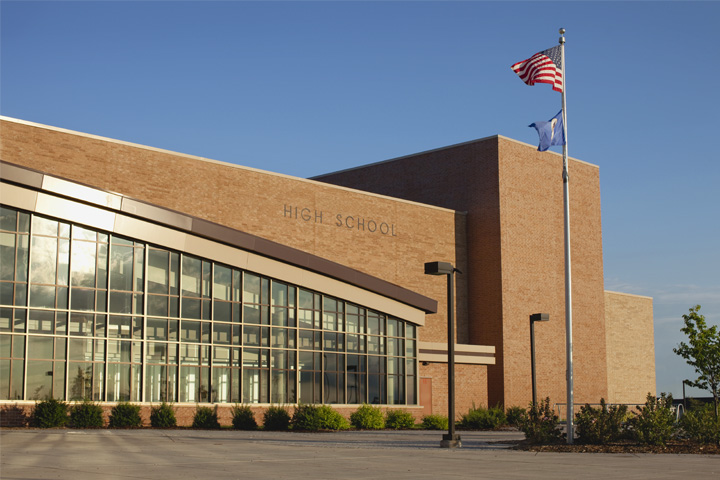 School Districts
With ⅔ of the market, school districts are the most common student transportation operator.
School Districts
With ⅔ of the market, school districts are the most common student transportation operator. -
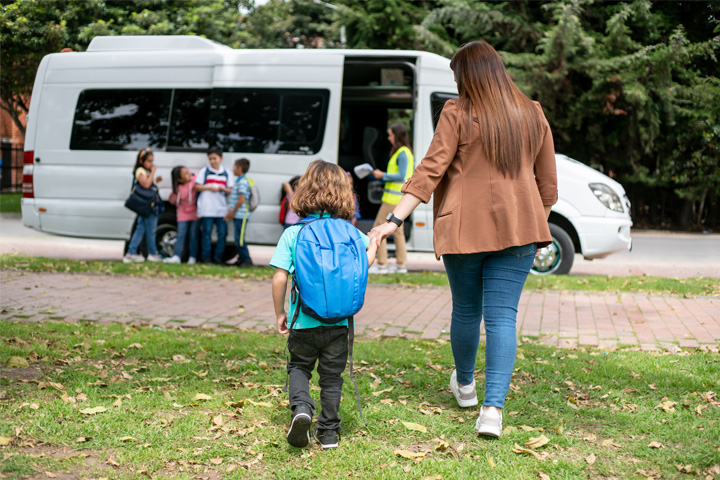 Private Vendors
Services outsourced to bus and van fleets, taxis and TNCs are becoming more common.
Private Vendors
Services outsourced to bus and van fleets, taxis and TNCs are becoming more common. -
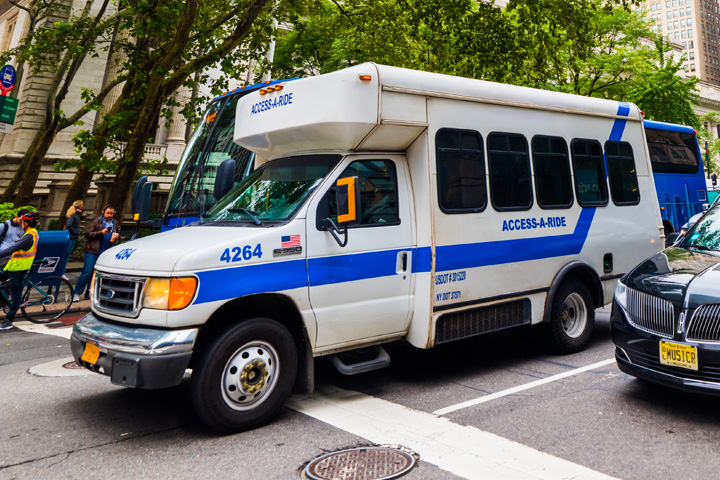 Brokerages
Transportation brokers and managers subcontract vendors to service schools or the entities that need student mobility options.
Brokerages
Transportation brokers and managers subcontract vendors to service schools or the entities that need student mobility options. -
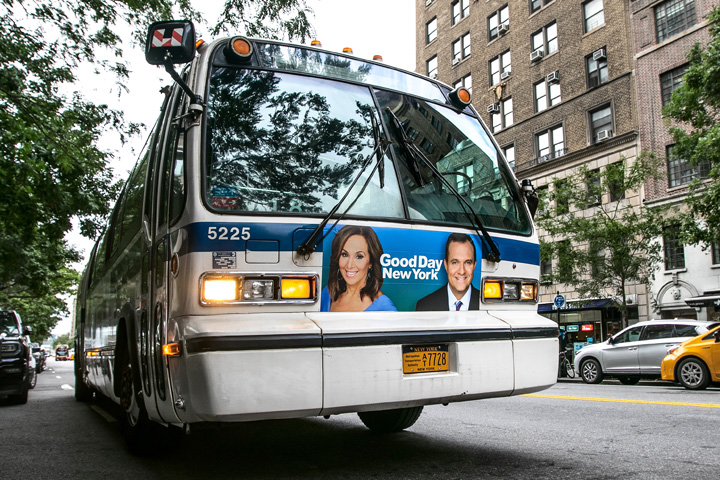 Public Transit
Large cities – New York, Chicago, Boston, Minneapolis/St. Paul, and many others – use public transit for some or all of their students.
Public Transit
Large cities – New York, Chicago, Boston, Minneapolis/St. Paul, and many others – use public transit for some or all of their students. -
 Bureaucracies
States, counties, and regional commissions subcontract with vendors for students with specialized needs across districts.
Bureaucracies
States, counties, and regional commissions subcontract with vendors for students with specialized needs across districts.
Reimagining student mobility at this level means navigating legacy organizations and entrenched local systems.
Drivers and Vehicles Regulated at Multiple Levels
Whether run by school districts or outsourced to transportation brokers, all school transportation operations are regulated at multiple levels to ensure consistency and safety.
Federal Regulations
Because driving a commercial or large passenger vehicle requires a higher level of skill and responsibility, the federal government’s Department of Transportation defines the parameters for commercial driving licenses (CDL). Those parameters include three different CDL classes and numerous endorsements and restrictions that define who can drive what and under what conditions.
There also are federal baseline requirements for school buses and vehicles carrying more than 15 passengers and a maximum weight of 10,000 pounds. The federal government even regulates the standard school bus color: “National School Bus Glossy Yellow”.
State Regulations
Each state is then responsible for issuing licenses, assessing qualifications, and validating their drivers. Beyond what the federal government requires, states can impose additional driver requirements, training, and other restrictions on those with a CDL. States can even require a CDL or other additional certifications for driving non-school buses and can add stringent vehicle equipment (e.g., special signage, equipment in the vehicle like fire extinguishers, and/or flashers or retractable stop arms) and inspection requirements for school buses and non-school buses.
States also differ as to types of school transport (home-to-school, activity, other) allowed on non-school buses (activity buses, 15-passenger vans, 10-passenger vans, or smaller passenger vehicles). These state-level requirements can exist in statute or at the policy level of organizations like state DOTs, DMV’s, state patrol and safety services, and state departments of education.
These state-by-state differences challenge efforts to reimagine student mobility at a national level.
What is mandated, what is permissible, and what is funded or unfunded varies from state-to-state.
A Diverse Funding Landscape Shapes Mobility
Funding equity is a key component of educational choice. However, transportation funding requirements, mechanisms, and availability differ substantially at the federal, state, and local levels. What is mandated, what is permissible, and what is funded or unfunded varies from state-to-state.
Who Shapes Transportation Mandates?
While all states and districts must follow federal mandates for homeless students, students in foster care, and students with disabilities, states can set additional mandates and requirements. While some states (e.g., Arizona, Arkansas, California, Nevada, Texas) let districts themselves make many of their own transportation policy decisions, most states impose stringent requirements that all districts must follow.
-
Florida
As of 2023, Florida mandates transportation service for students who are two miles or greater from school, who face hazardous walking conditions, teen parents, and students who are pregnant. -
Minnesota
As of 2023, Minnesota mandates transportation for students who are two miles or greater from school and makes provisions for private and charter schools. -
Ohio
As of 2023, Ohio mandates transportation for K-8 students only, students who are two miles or greater from school, and all students with mental or physical disabilities.
What are the Sources of Revenue?
In 2019, K-12 public school revenues totaled $795B. On average, funding sources were 8% federal, 47% state, and 45% local, though percentages by funding source differed considerably across states. The percentage of 2019 revenue coming from state sources ranged from 90% (VT) to 27% (IL), while revenues from federal sources ranged from 15% (AK) to 4% (NJ).
How are Transportation Costs Shared?
States typically share the cost of school transportation with districts in one of three ways:
- The Number of Students
Most states provide a lump sum to each district based on the number of students it transports. Some states also consider density or sparsity factors in their funding formula. - Linear Density or Mileage
Some states base their funding on the number miles traveled or a calculation of average miles traveled per student (linear density). - Per Rider or Per Mile (Whichever is Higher)
Other states (e.g., Ohio) calculate costs per mile and per student and then allocate funds based on whichever is greater.
